The MoU signed at Paris Air Show 2025 paves the way for a potential multi-mission maritime patrol aircraft, as Italy looks beyond the P-72A and assesses contenders like the Kawasaki P-1.
At the Paris Air Show 2025, Leonardo and Bombardier signed a Memorandum of Understanding (MoU) to explore a collaboration for the development of an Advanced Maritime Multi Mission Platform. The chosen base platform is the Bombardier Global 6500, part of the broader Bombardier Global family of long-range business jets.
Over the past two decades, the Global Family has established itself as a trusted and versatile platform for a wide range of government, military and special mission roles. These aircraft, renowned for their long-range, high-altitude capability and low operational costs, have been adapted by multiple nations for missions including Airborne Early Warning and Control (AEW&C), Signals Intelligence (SIGINT), Electronic Intelligence (ELINT), Intelligence, Surveillance and Reconnaissance (ISR), Airborne Command and Control and Maritime Surveillance.

of the U.S. Army (Image Credit: Bombardier)
Several models in the family, such as the Global 6000 and Global 6500, have been militarized with advanced mission systems and sensor suites by major defence contractors, including Saab (GlobalEye), Northrop Grumman, and L3Harris. This new collaboration between Leonardo and Bombardier aims to leverage the proven capabilities of the Global Series to meet the evolving requirements of modern maritime domain awareness.
The Bombardier Global 6500 Platform
The Global 6500 is a state of the art ultra-long-range business jet, introduced as part of the Bombardier’s Global family. The 6500 is positioned between the Global 6000 and the Global 7500.
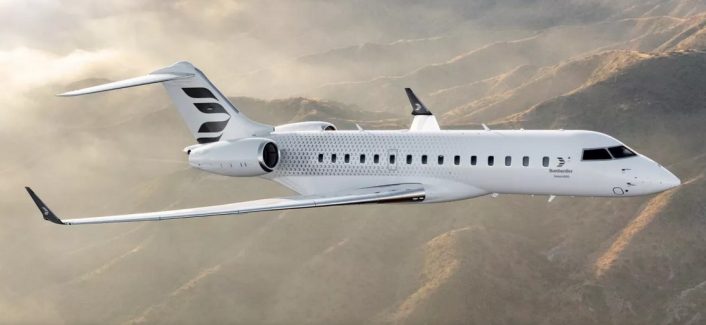
Powered by two Rolls-Royce Pearl 15 engines, the aircraft can travel up to 6,600 nautical miles, with the ability to reach a maximum speed of Mach 0.90 and a ceiling of 51,000 feet.
The avionic suite is centred around the Bombardier Vision Flight Deck, built upon the Collins Pro Line Fusion avionic. The aircraft is equipped with four high resolution digital displays, a full synthetic vision system, dual head up displays with an integrated enhanced vision (Combined Vision System) and an advanced flight management system that can support the latest performance capabilities requirements.
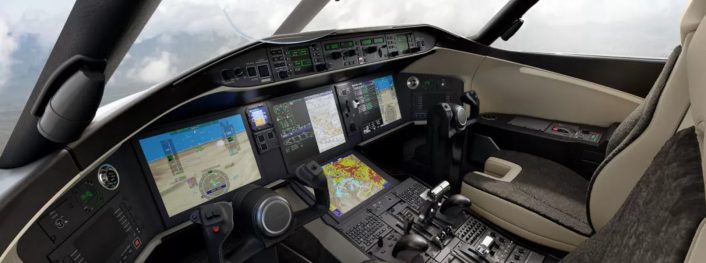
The Maritime Multi Mission Suite
The core of the system that will possibly be retrofitted on the Global 6500 is called ATOS (Airborne Tactical Observation and Surveillance), a sophisticated mission management system developed by Leonardo.
ATOS can integrate a wide range of sensors, including AESA (Active Electronically Scanned Array) Radar, electro optical and infrared systems, electronic support measures, AIS (Automatic Identification System) transponders and IFF (Identification Friend or Foe) systems into a single interface capable of processing and displaying real time data.
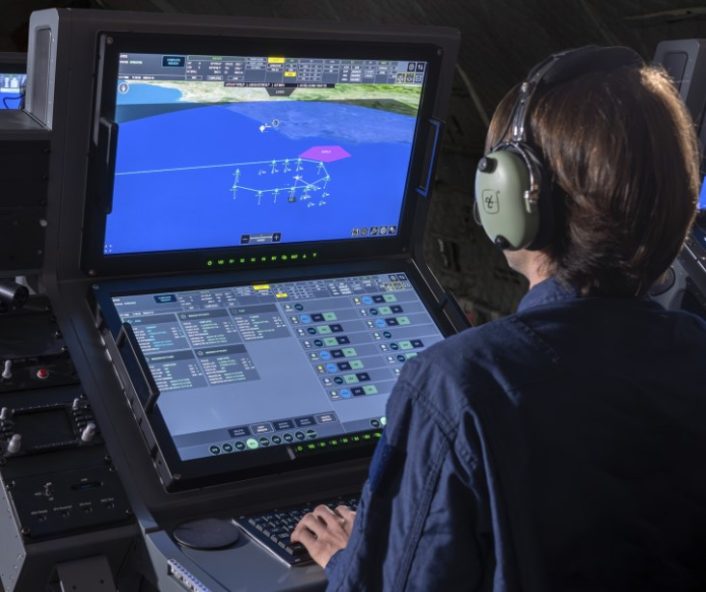
Built with versatility in mind, ATOS can be deployed on a broad variety of airborne platform, including fixed-wing aircraft, helicopters and unmanned aerial vehicles (UAVs). The system is actually operational on aircraft like the ATR 42/72 MP, P-72A, Beechcraft King Air, AW-139 and AW-169. ATOS is ideally suited for a wide array of missions, including maritime patrol, border surveillance, anti-smuggling, illegal fishing prevention, search and rescue and Anti-Submarine Warfare.
Complementing the ATOS system, the Global 6500 will also integrate Leonardo’s Osprey family of multi-AESA radar. Designed for next-generation ISR missions, this advanced radar provides robust, multi-domain situational awareness, combining maritime surveillance, high-resolution ground mapping, ground moving target indication and air to air detection capabilities in a single, compact system. Its integration will enable the Global 6500 to perform effectively across a variety of missions. The Global 6500 will be equipped with the latest communication systems and self-protection equipment.
In addition to its surveillance and reconnaissance capabilities, the aircraft will also support provisions for weapons systems and sonar integration to enhance its operational effectiveness against both surface vessels and submarine threats.
An in-depth view of the Counter Maritime Operations
Counter Maritime Operations (CMO) involve actions taken to counter threats in the maritime domain, including enemy surface ships, submarines, and coastal threats. The so-called Air Power Contribution to Counter Maritime Operations (APCMO) refers to the use of air assets and space-based systems) to support operations aimed at countering maritime threats and gaining control or denying the enemy use of the maritime domain. Within the APCMO framework, two key tactical mission sets are Anti-Surface Warfare (ASuW) and Anti-Submarine Warfare (ASW), which expand the role of air platforms beyond surveillance to include direct engagement of maritime threats.
Anti-Surface Warfare
Anti-Surface Warfare (ASuW) focuses on the detection, identification, and potential engagement of hostile or suspicious surface vessels, which may include conventional naval forces, fast attack craft, or non-state actors operating in sensitive or contested waters. ASuW capable platforms are equipped with maritime surveillance radar, offering wide-area detection and precision targeting modes; EO/IR systems for long-range visual identification; and ESM systems for detecting and geolocating electromagnetic emissions. Integration with secure tactical datalinks allows these platforms to cue naval strike assets or contribute to networked targeting frameworks in joint operations.
Anti-Submarine Warfare
Anti-Submarine Warfare (ASW) operations address submerged threats, particularly significant in gray-zone conflicts, near strategic chokepoints, or within contested maritime regions. ASW missions typically involve the deployment and monitoring of sonobuoys, acoustic signal processing, and the use of Magnetic Anomaly Detection (MAD) systems for pinpointing submarine activity at close range.
These capabilities are further enhanced by the fusion of underwater threat data with real-time ISR from airborne and surface sensors. When paired with strike coordination tools or integration with naval ASW assets, ASW-capable aircraft contribute to persistent undersea domain awareness and deterrence. Through the combined execution of ISR, ASuW, and ASW missions, APCMO delivers a scalable and adaptable approach to safeguarding maritime security in an increasingly complex and contested global environment.
Exploring the ASW/ASuW Platform Alternatives
As explained last year, commenting the Italian MOD’s annual multiyear defense planning document (Documento Programmatico Pluriennale della Difesa), which reviewed the military funding for 2024-2026, the Italian Air Force and Navy are working on a joint acquisition program for the first two new Maritime Multi Mission Aircraft (M3A) which will provide a long-range Anti-Submarine Warfare (ASW) capability.
In fact, since the retirement of the Breguet 1150 Atlantic in 2017, Italy lost the long range ASW capability, as the P-72s are mainly used for ISR and ELINT (Electronic Intelligence). The studies for this program have been ongoing since then, with some rumors mentioning a possible interest in the P-8 Poseidon.
However, Italy’s current limitations in fixed-wing Anti-Submarine Warfare (ASW) and Anti-Surface Warfare, the Bombardier Global 6500, configured for long-range maritime operations, presents a highly attractive solution. Its extended endurance, high-altitude performance, and spacious modular cabin provide the ideal platform for the integration of ASW-specific systems, including sonobuoy launchers, acoustic signal processors, and Magnetic Anomaly Detection (MAD) sensors. Furthermore, the platform can be equipped to support the deployment of precision-guided weapons, such as air-launched torpedoes and anti-ship missiles. Unlike the currently operated P-72A, currently operated jointly by the Italian Navy and Air Force, the Global 6500 in such configuration could provide a valid and credible fixed-wing ASW/ASuW option for the Italian Defence.
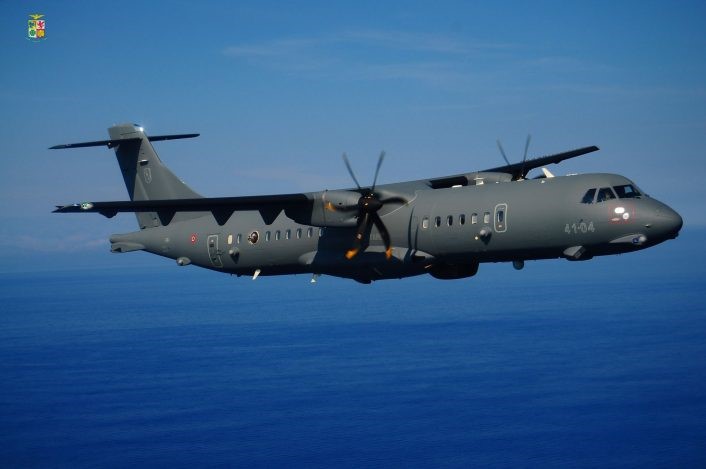
Rumors suggest that another relevant comparator to Italy’s potential interest in a maritime-configured Bombardier Global 6500 is the Japanese Kawasaki P-1, a purpose-built maritime patrol aircraft designed for long-range ASW, ASuW, and wide-area ISR missions. The P-1 features dedicated military systems, including sonobuoy processors, a magnetic anomaly detector (MAD), and the ability to carry air-launched torpedoes and anti-ship missiles.
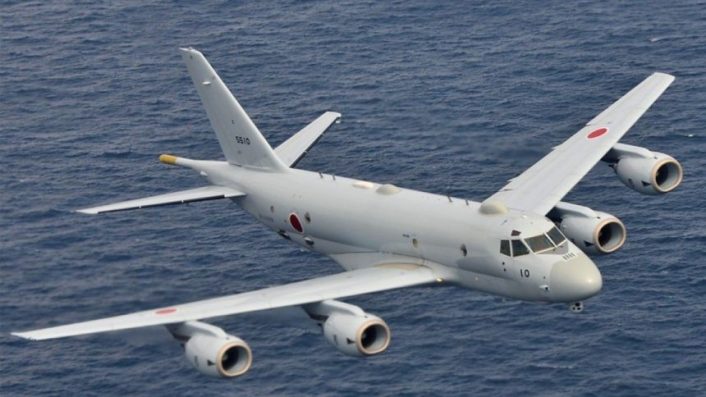
However, the Global 6500 offers long endurance, a high operational ceiling, and a flexible mission cabin, making it a viable competitor in the market for nations seeking a multi-mission maritime solution.
Italy and Japan maintain close defence cooperation, exemplified by their joint involvement in the Global Combat Air Programme (GCAP) and collaboration on pilot training initiatives. Despite this partnership, the maritime patrol domain represents an area where their respective platforms, the P-1 and a potential Global 6500 configuration, may compete, particularly in export markets where cost, interoperability, and modularity are critical factors.
Noteworthy, while not entirely off the table (at least, officially), the P-8 Poseidon option, which appeared to be gaining significant traction until a couple of years ago, now seems to have lost momentum.








